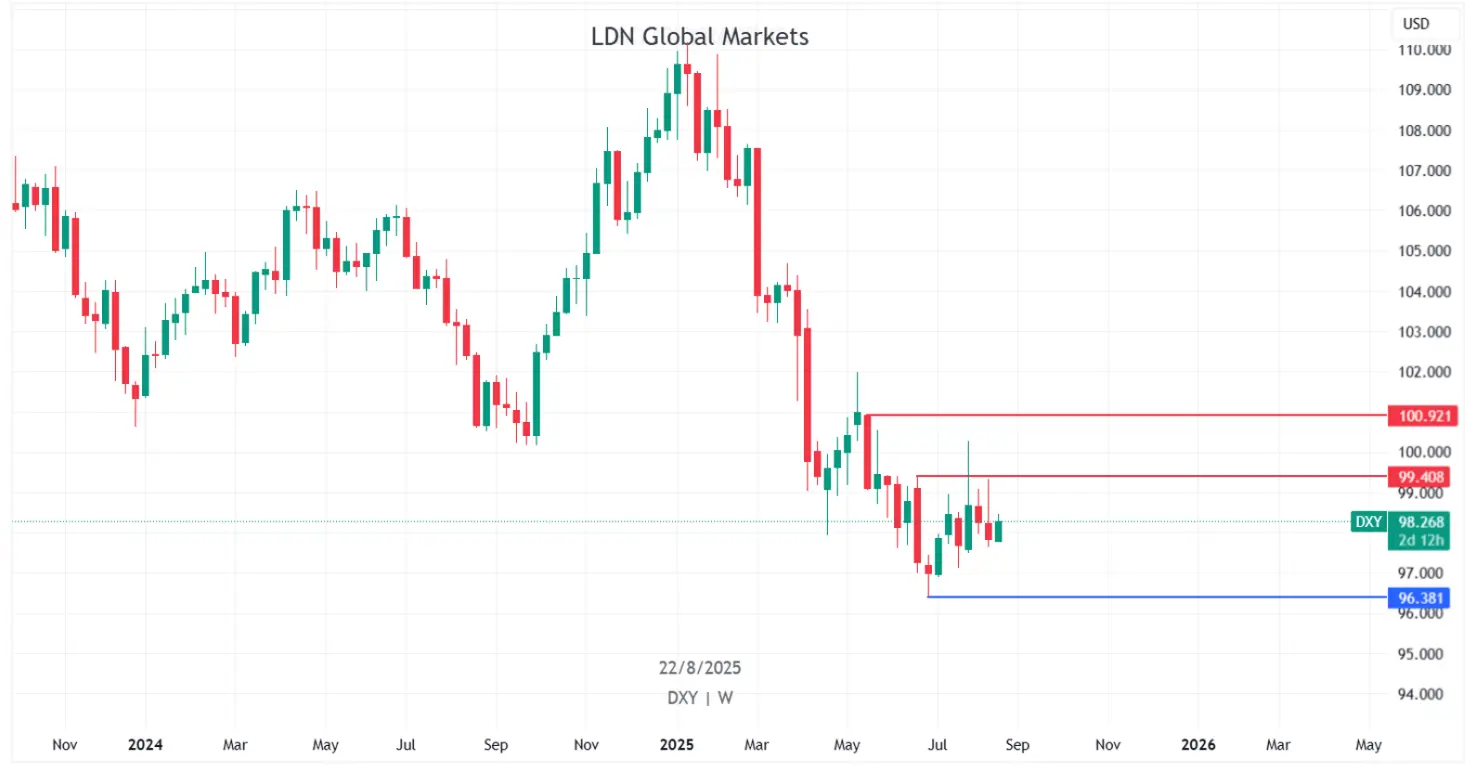As we approach the annual Jackson Hole Economic Policy Symposium (August 21–23, 2025), markets are closely watching two key developments: the direction of U.S. interest rates and the latest outlook on the U.S. credit rating.
1- Jackson Hole 2025: Focus on the Fed
The Federal Reserve’s annual meeting in Jackson Hole, Wyoming, is one of the most important events for global economic policy. This year’s theme is “Labor Markets in Transition”, looking at how aging populations, new technology (like AI), and slow productivity are changing how economies grow.
The most anticipated moment will be Federal Reserve Chair Jerome Powell’s speech on Friday, August 22. Investors will be listening for any hints about interest rate cuts. Inflation is still higher than the Fed’s target, but economic growth has slowed in some areas. The Fed is in a difficult spot it needs to support the economy without letting inflation rise again.
Markets currently expect the Fed to cut interest rates by 0.25% in September, but recent meeting notes show that even Fed officials are divided. Some want to wait and see more data, while others are ready to ease policy now. Powell is likely to keep a cautious, data-driven tone, avoiding strong promises either way.
US Dollar Index is trading above the support level of $98.10. Prices are likely to move sideways within a range between the mentioned support level and the resistance level of $98.65

2- S&P Reaffirms U.S. Credit Rating For Now
At the same time, investors are paying attention to the U.S. sovereign credit rating. Recently, S&P Global confirmed the U.S. at AA+, just one step below the top AAA rating. They pointed to strong tariff revenues (around $50 billion last quarter) that helped reduce some of the pressure on the federal budget.
However, S&P also warned that the U.S. is still running high deficits nearly 6% of GDP and government debt is expected to rise to 100% of GDP in the coming years. This raises concerns about long-term debt sustainability.
It’s worth noting that both Moody’s and Fitch have already downgraded the U.S. rating in the past year. If fiscal policy doesn’t improve, S&P could follow in the future. A lower credit rating could mean higher borrowing costs for the government, and more volatility in bond and currency markets.
Why These Two Stories Matter Together
The Federal Reserve and U.S. fiscal policy are becoming more connected than ever. If the Fed starts cutting interest rates, it could help the economy in the short term. But if inflation stays high or if borrowing gets too cheap, it might increase pressure on the federal budget and raise concerns among credit rating agencies.
Investors should keep in mind:
A rate cut could weaken the U.S. dollar and lower Treasury yields bullish for gold and growth stocks. However, a credit downgrade could push yields higher and make bonds riskier in the eyes of global investors.
Market reactions to Powell’s speech this Friday could set the tone for the next 3–6 months.
From a Technical Perspective S&P 500 index is trading in an upward trend in the medium term, which opens the door for prices to rise and form new highs. However, if the support level at $6,200 is broken, we may target the $5,900 level.

Bottom Line: The Jackson Hole meeting and S&P’s credit rating decision are two sides of the same coin: both reflect how well the U.S. is managing economic risk through monetary policy and fiscal responsibility.
You can now benefit from LDN company’s services through the LDN Global Markets trading platform.







